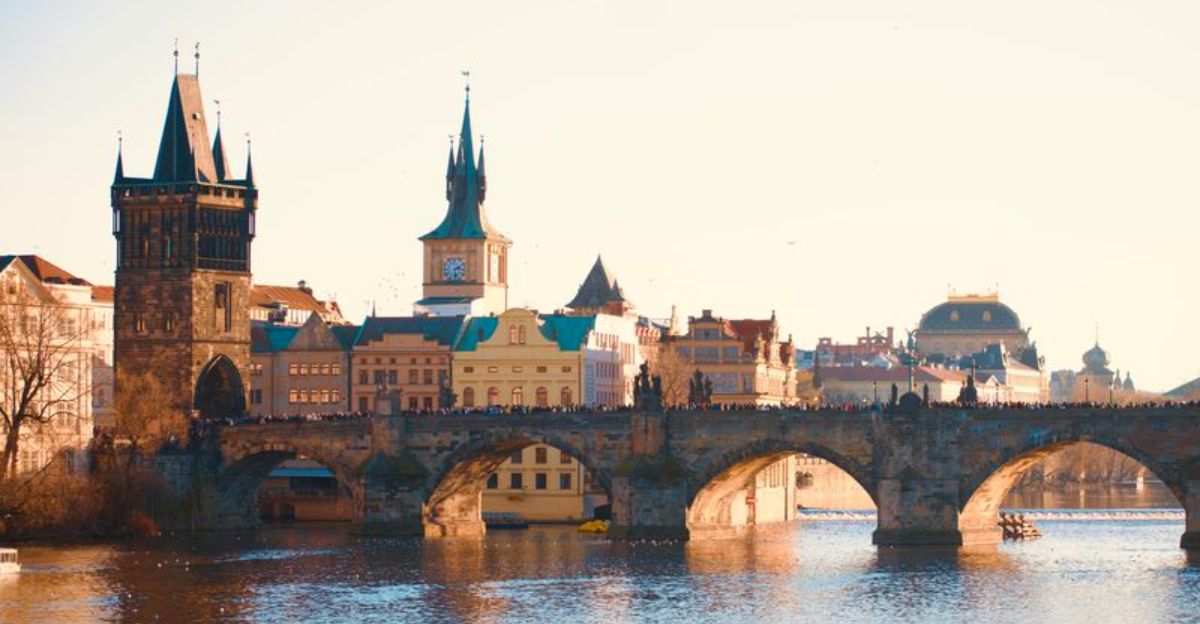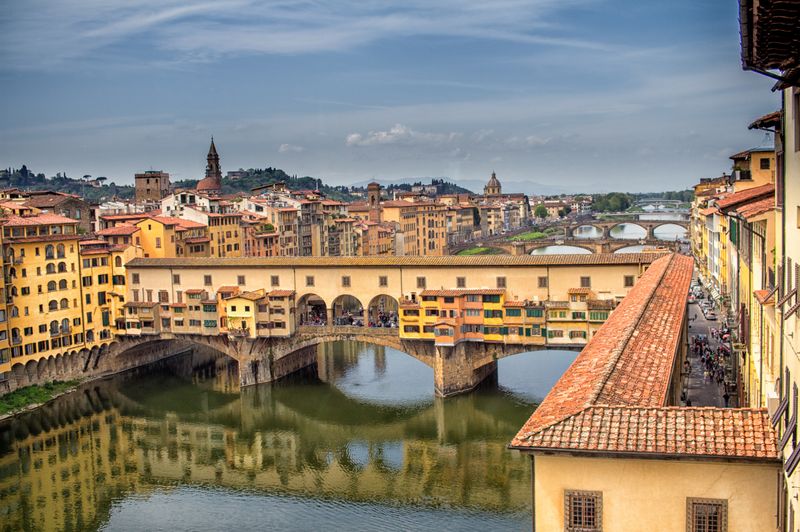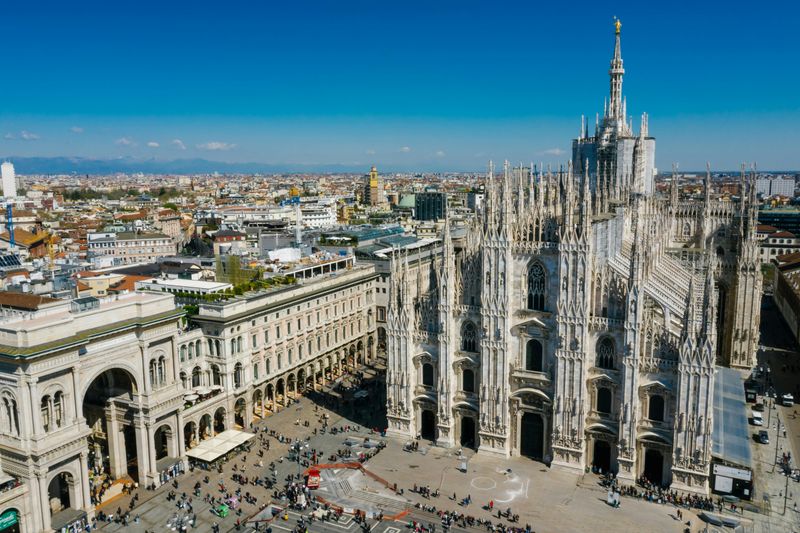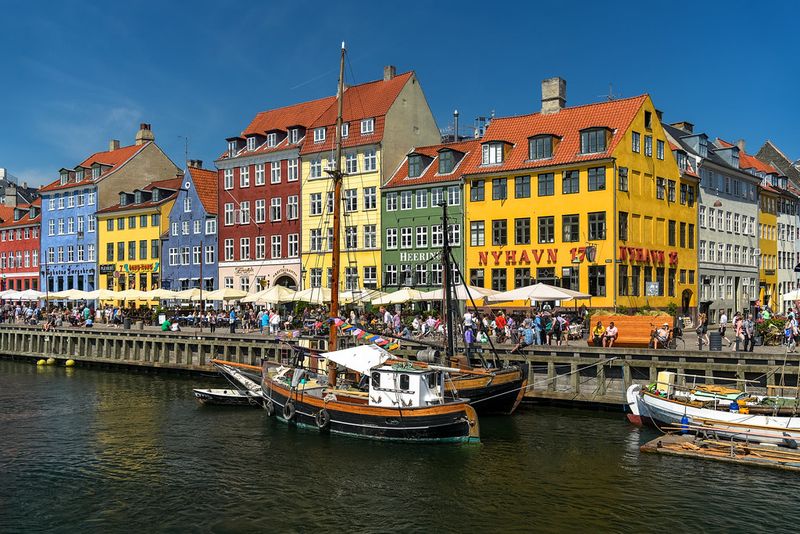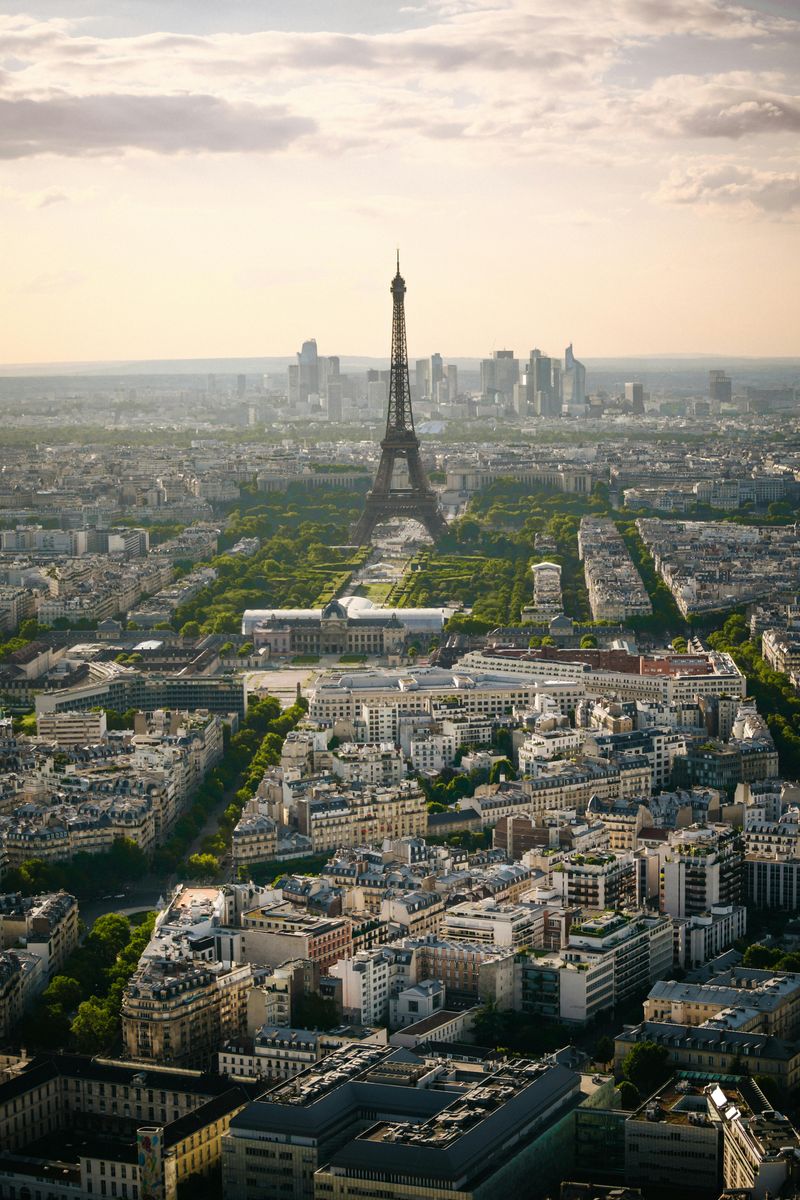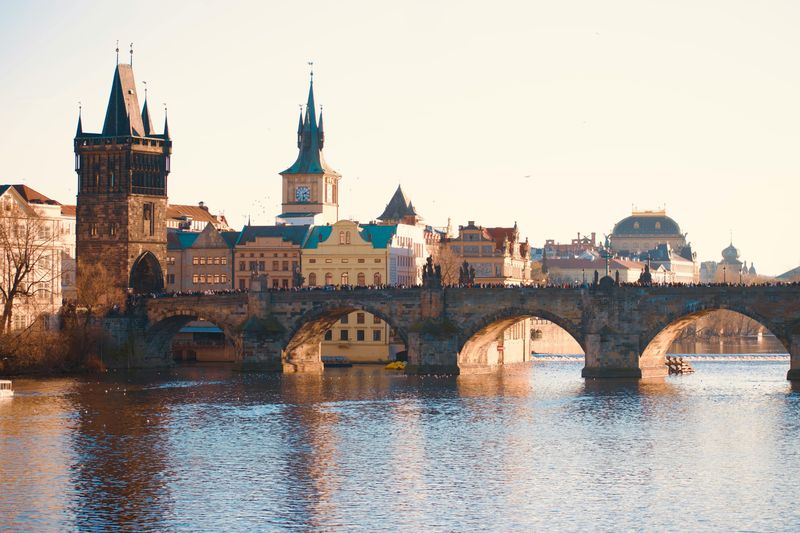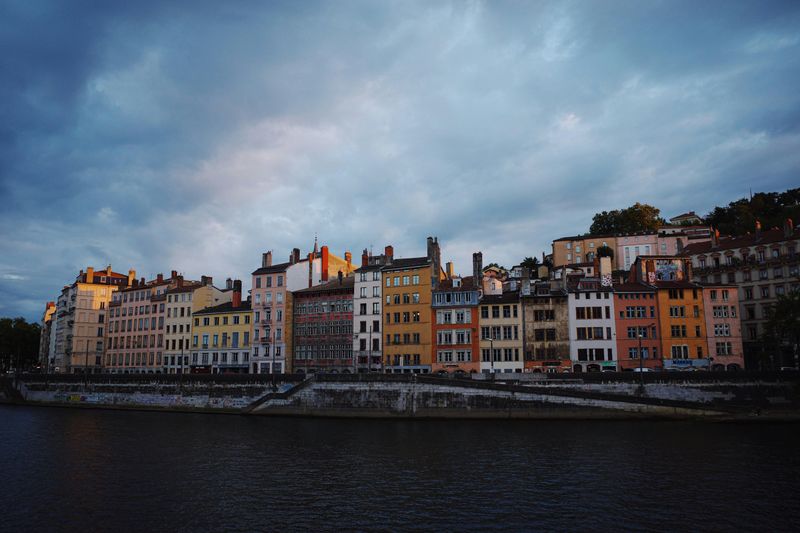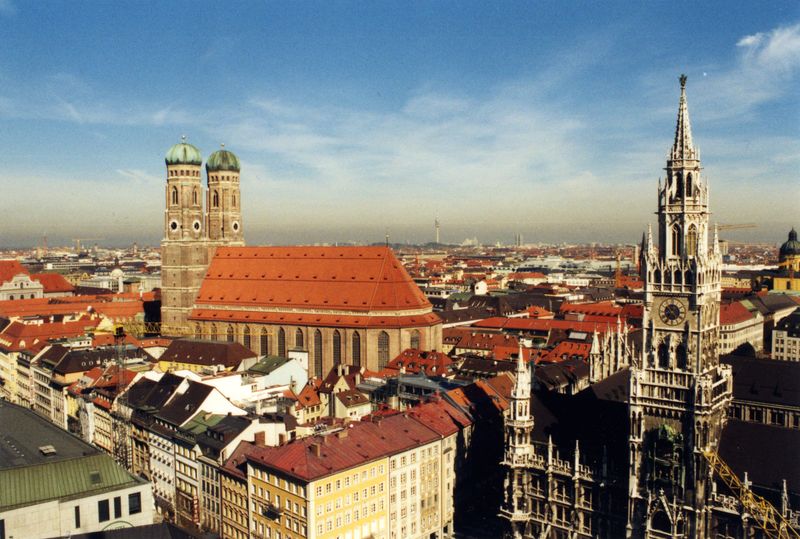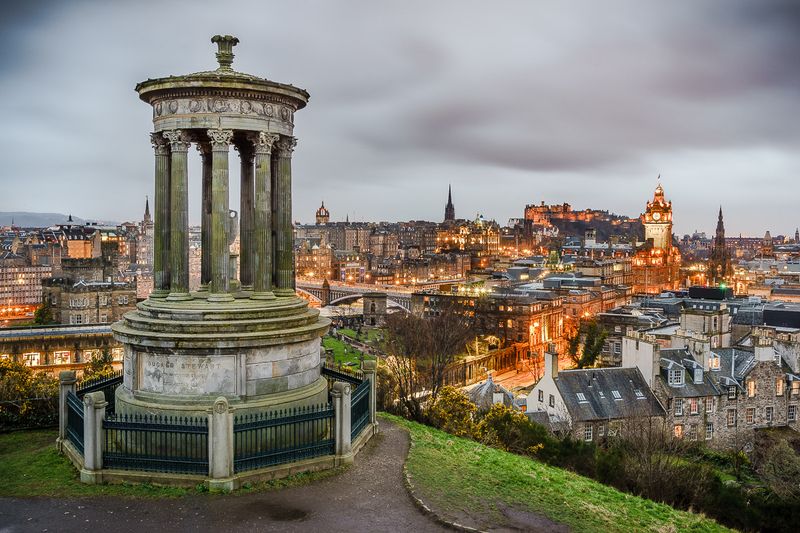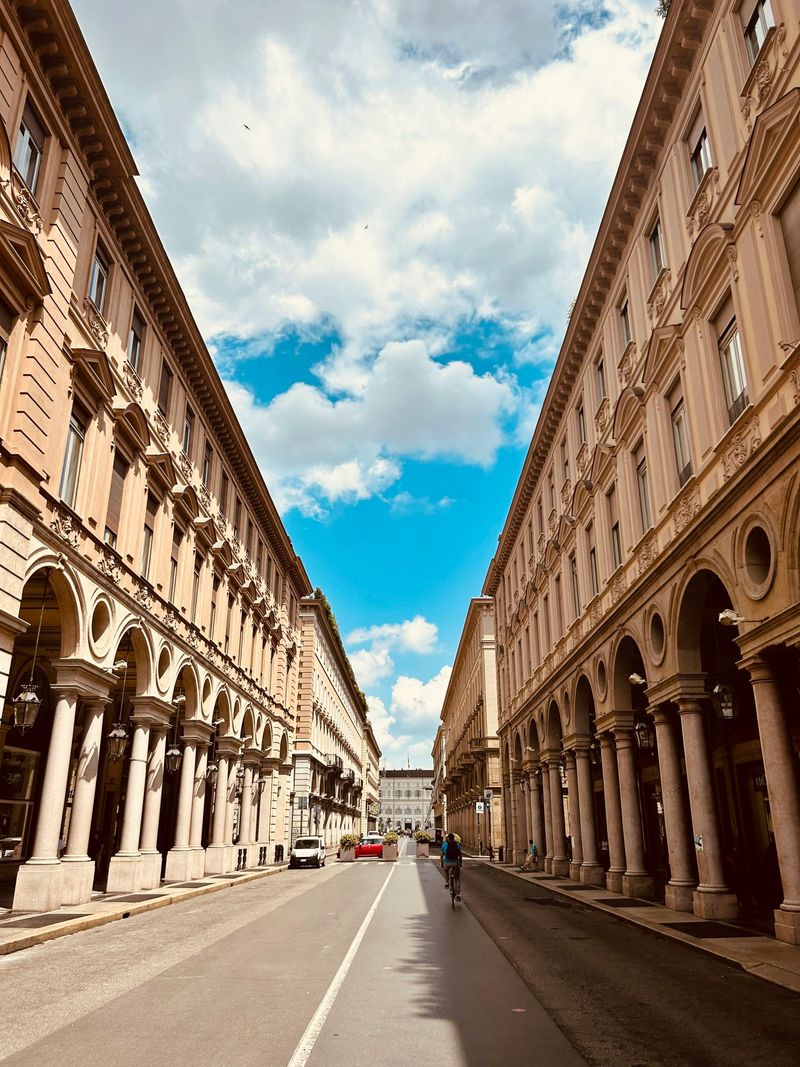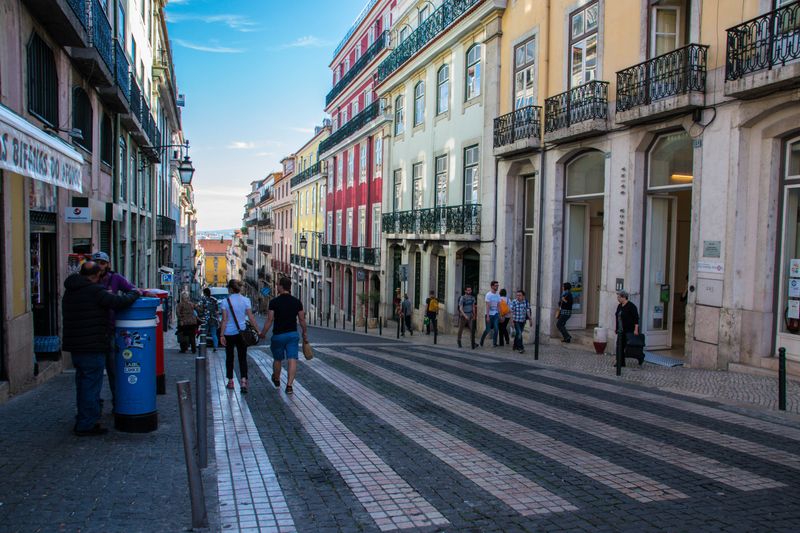Imagine wandering through cobblestone streets where every corner reveals something magical—a hidden café, a centuries-old cathedral, or a sunset-painted plaza. Some cities are designed for walking, where your feet become the best tour guide and each neighborhood tells its own story. These ten destinations combine stunning beauty with pedestrian-friendly layouts, making them perfect for travelers who love to explore on foot.
Florence, Italy
Renaissance masterpieces meet everyday life in Florence, where art isn’t confined to museums—it spills onto every street corner. The compact medieval core keeps the Duomo, Uffizi Gallery, and Ponte Vecchio within a comfortable stroll of each other. Forbes crowned it the most walkable city in 2024, and once you navigate its narrow alleys and charming piazzas, you’ll understand why.
Traffic congestion stays minimal because major attractions cluster tightly together, making walking faster than hopping on transport. Golden-hued buildings frame your path as you cross from one architectural wonder to the next. Every step rewards you with visual treasures that have inspired artists for centuries.
Milan, Italy
Fashion capital meets foot-friendly infrastructure in Milan, where getting around on two feet feels effortless. Visual Capitalist’s walkability map ranked Milan first globally—residents reach key amenities in just 6 minutes 24 seconds on average. Shopping districts, cafes, and tram lines weave together in a dense mix that naturally encourages walking.
Gothic spires tower over modern design boutiques, creating striking contrasts around every block. Green spaces punctuate the urban grid, offering rest spots between explorations. The city’s layout balances efficiency with beauty, proving that practical cities can also captivate the eye and soul of every visitor who strolls its streets.
Copenhagen, Denmark
Danish design philosophy shines brightest in Copenhagen, where human-scale planning makes the city feel like it was built for your stride. Waterfront promenades blend seamlessly with pedestrian thoroughfares and cycling lanes, creating a harmony between different modes of gentle transport. Nyhavn’s rainbow-colored buildings reflect in calm waters while people meander past without rushing.
Small squares invite spontaneous pauses, and quiet streets reward those who wander off the main routes. The city’s bicycle-forward reputation extends to walkers too—both groups share space respectfully. Copenhagen proves that prioritizing people over cars creates neighborhoods where beauty and function walk hand in hand through every season.
Paris, France
Wide boulevards and narrow side streets create a walking paradise in Paris, where every neighborhood tells a different chapter of the city’s story. The Seine’s quays offer riverside strolls past bookstalls and bridges, while Montmartre’s steep lanes lead to breathtaking viewpoints. Visual Capitalist placed Paris in the top ten for walking access to essential amenities.
Grand architecture frames your journey between the Marais and Luxembourg Gardens, with café terraces beckoning at regular intervals. The Tuileries provide green breathing space amid urban density. Paris rewards those who slow down and notice—a carved doorway here, a hidden courtyard there—proving that true discovery happens at walking pace.
Prague, Czech Republic
Fairy-tale spires pierce the sky above Prague’s cobbled lanes, where walking feels like time travel through centuries of European history. The UNESCO-listed historic core keeps the hilltop castle, Charles Bridge, and Old Town Square within easy reach of each other. Touropia recognized Prague among the world’s most walkable cities for good reason.
Cobblestones might challenge your ankles, but they’re part of the authentic medieval experience that draws millions yearly. Because top sights cluster together, most visitors ditch public transport entirely. Golden-hour light transforms the Vltava riverbanks into something magical, best appreciated when you’re moving slowly enough to notice every reflected color dancing on the water.
Lyon, France
Two rivers converge in Lyon, creating a city shaped by water and built for wanderers who appreciate authenticity over tourist traps. Renaissance streets wind through Vieux Lyon’s old quarter, while the Croix-Rousse hill rewards climbers with panoramic views and hidden traboules (secret passageways). Visual Capitalist’s walkability rankings highlighted Lyon’s pedestrian-friendly layout.
Riverbanks provide flat, pleasant paths for casual strolls between neighborhoods with distinct personalities. Public transit integration means you can walk extensively without worrying about getting stranded. Lyon’s food culture thrives in walkable pockets—bouchons (traditional restaurants) cluster in areas perfect for pre-dinner exploration, making hunger the best navigation tool.
Munich, Germany
Bavarian charm meets urban sophistication in Munich, where beer gardens and baroque churches share space with modern efficiency. The English Garden rivals Central Park in size, offering miles of paths through greenery right in the city’s heart. Visual Capitalist ranked Munich among top cities for walking access to daily needs.
Pedestrian zones in the Altstadt (old town) let you absorb history without dodging traffic, from Marienplatz’s glockenspiel to the Viktualienmarkt’s food stalls. Compact neighborhoods mean you can experience multiple districts in a single afternoon. Munich proves that German precision applies to city planning too—everything feels thoughtfully placed for those exploring on foot, with clear sightlines and intuitive layouts.
Edinburgh, UK
Volcanic geology shaped Edinburgh’s dramatic character, where a castle crowns an extinct volcano and medieval streets tumble down steep slopes. The Royal Mile connects palace to fortress through the heart of the Old Town, a UNESCO World Heritage Site. Visual Capitalist placed Edinburgh in the top ten for walkable access to amenities.
Stone architecture glows honey-colored in morning light, and every climb rewards you with unexpected vistas across the Firth of Forth. The city’s compact core means major sights lie within comfortable walking distance, though the ups and downs provide a workout. Georgian elegance contrasts with medieval grit, creating layers of history you can experience in a single stroll through time.
Turin, Italy
Arcaded walkways shelter strollers from weather in Turin, where covered porticos stretch for miles through an elegant grid of boulevards. Visual Capitalist’s data showed Turin near the top three globally—residents walk to key amenities in roughly seven minutes. This former royal capital blends baroque grandeur with modern Italian life.
Plazas open unexpectedly between buildings, offering gathering spaces framed by striking façades and backed by Alpine views. The evenly spaced grid makes navigation intuitive, even for first-time visitors. Historic cafés line the arcades, where Nutella was invented and where locals still gather for afternoon aperitivo, creating a walking culture that prioritizes pleasure over mere efficiency in getting from point A to B.
Lisbon, Portugal
Seven hills roll through Lisbon like frozen waves, creating a city where walking becomes an adventure with built-in rewards. Pastel-painted buildings and tile-covered facades (azulejos) brighten even the steepest climbs. Miradouros (viewpoints) punctuate neighborhoods, offering rest stops with panoramic views across terracotta rooftops to the Tagus River below.
Historic trams help conquer the inclines, but true explorers tackle the alleys on foot, discovering hidden squares and neighborhood tasca restaurants. Waterfront promenades provide flat alternatives when your legs need mercy. Travel guides consistently rank Lisbon among Europe’s most walkable and scenic capitals, where the journey matters more than the destination and getting gloriously lost counts as success.
